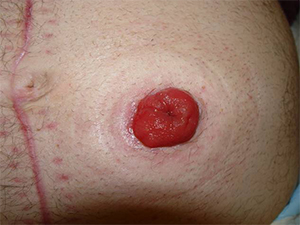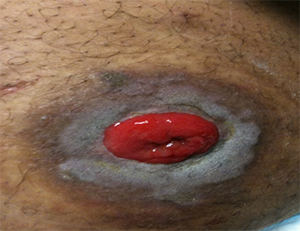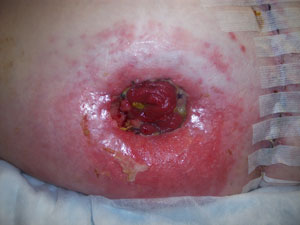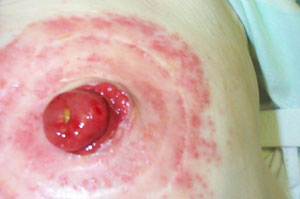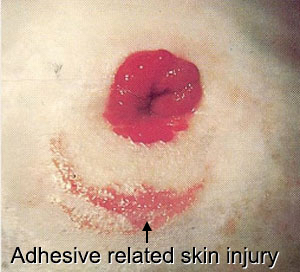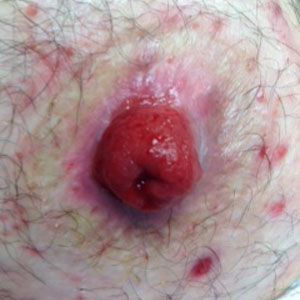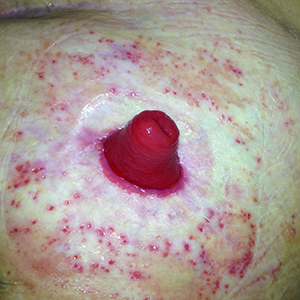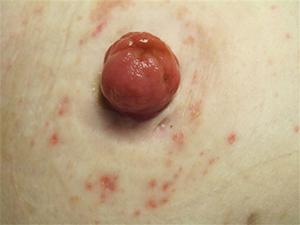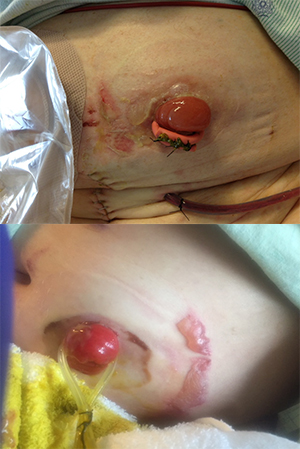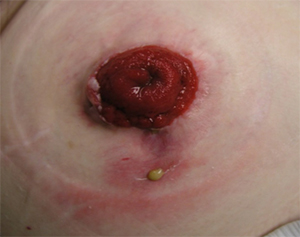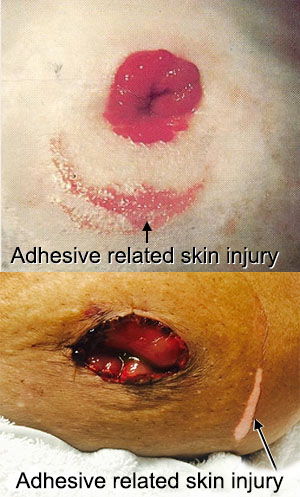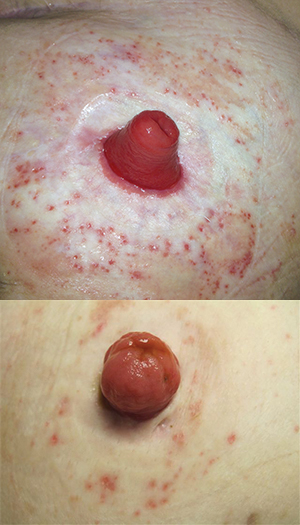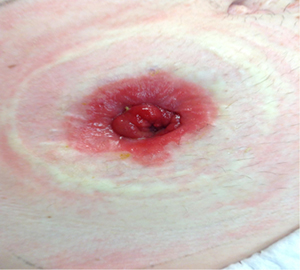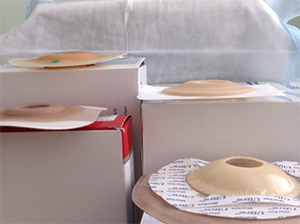How to Use This Guide
This Peristomal Skin Assessment Guide is for teens and adults with an ostomy. It is designed to help you identify some common skin problems, things you should do, and when you should visit a wound, ostomy and continence (WOC) nurse or nurse specialized in wound, ostomy and continence (NSWOC) for additional support.
This guide is not meant to replace advice from a medical professional.
Examine Your Skin:
- Remove your pouching system.
- Look at your skin and stoma in both the sitting and lying positions.
- Answer a series of questions, choosing the answer that best matches what you see.
- Follow the instructions provided within this guide.


